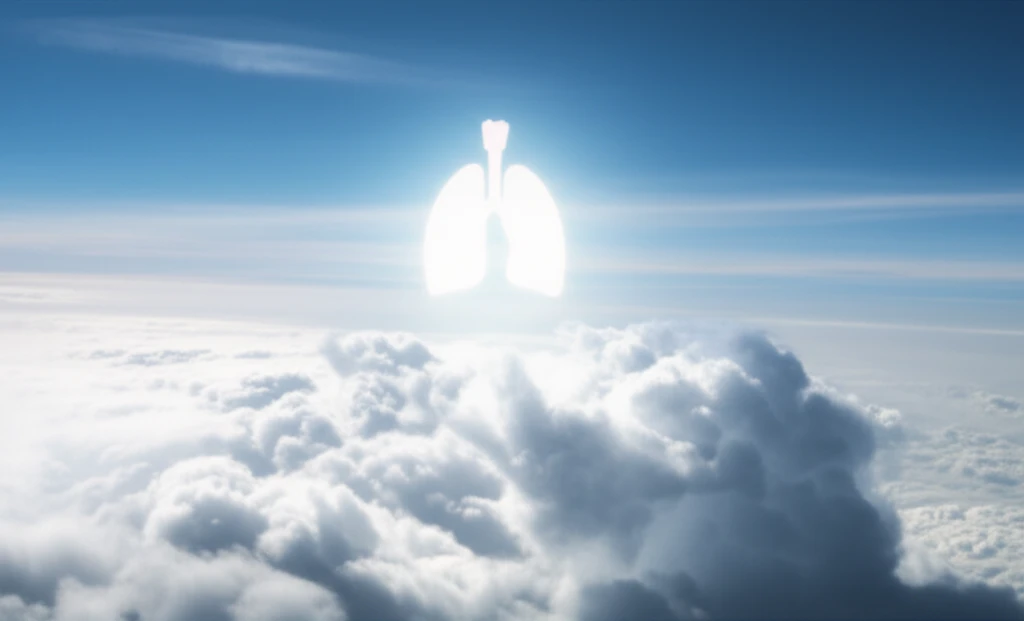
Breathe Easy Again: How Lung Transplants Can Improve Your Quality of Life
"Discover the key factors influencing well-being after a lung transplant and how to address them for a fuller, more active life."
For individuals facing end-stage lung disease, a lung transplant can represent a beacon of hope, offering the potential for renewed health and improved survival rates. As medical advancements continue to enhance the success of these procedures, the focus has expanded beyond mere survival to encompass a crucial aspect of recovery: quality of life (QoL). Understanding and addressing the factors that influence QoL after a lung transplant is essential for ensuring that recipients not only live longer but also experience a fulfilling and active life.
The journey following a lung transplant involves navigating a complex landscape of physical and emotional adjustments. While the transplant addresses the underlying lung disease, recipients often grapple with a range of challenges, including physical limitations, treatment side effects, and psychological distress. These factors can significantly impact their overall well-being and ability to engage in daily activities. Therefore, a comprehensive approach to post-transplant care must prioritize QoL as a key outcome.
A recent Italian collaborative study delved into the determinants of QoL among lung transplant recipients, shedding light on the specific factors that contribute to or detract from their well-being. By examining various aspects of patients' lives, from physical symptoms to psychological state, the study aimed to identify areas where targeted interventions could enhance QoL. This article explores the key findings of this research and what they mean for individuals considering or undergoing lung transplantation.
Unveiling the Key Factors: What Impacts Your Well-Being After a Lung Transplant?

The Italian study assessed the QoL of 129 lung transplant recipients from five different centers, utilizing a combination of standardized questionnaires. These included the SF-36 Health Survey, the General Health Questionnaire (GHQ), and the St. George's Respiratory Questionnaire (SGRQ), each designed to capture different dimensions of well-being.
- Exertional Dyspnea: Breathlessness during physical activity emerged as the most significant determinant of reduced QoL.
- Osteoporosis: This condition, often a side effect of immunosuppressant medications, was associated with lower physical well-being.
- Bronchiolitis Obliterans Syndrome (BOS): This chronic lung condition, a potential complication of transplantation, also negatively impacted QoL.
- Acute Rejection: Recent episodes of acute rejection were linked to decreased physical well-being.
- Type of Transplant: Interestingly, heart-lung transplants were associated with higher QoL compared to double-lung transplants.
Taking Control: Practical Steps to Enhance Your Quality of Life After a Lung Transplant
The Italian study provides valuable insights for both lung transplant recipients and their healthcare providers. By focusing on modifiable factors such as breathlessness, bone health, and the prevention of complications, individuals can take proactive steps to improve their QoL. This includes engaging in pulmonary rehabilitation programs, optimizing medication regimens, and seeking psychological support when needed. Ultimately, a holistic approach that addresses both the physical and emotional challenges of transplantation is essential for ensuring a brighter, more fulfilling future.
